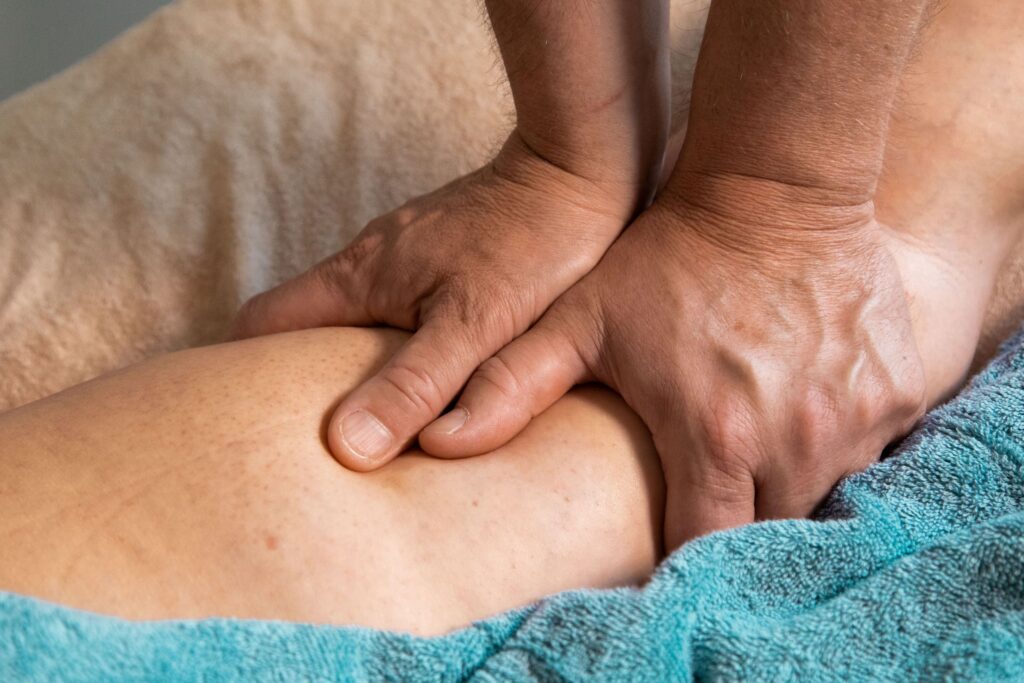What is a deep vein thrombosis? A DVT, or deep vein thrombosis, is a blood clot that forms in one of the deep veins in the body, typically in the legs where they can block blood flow. Worse, if a DVT breaks free it could flow to your lungs, forming a life-threatening pulmonary embolism. And so, because of the high risk for complications, it's important to prevent or quickly treat a DVT.

There are several risk factors for deep vein thrombosis. If you remain immobile for too long, like on an extended plane ride, you could be at risk for a clot. Why? When you aren't moving, that slows the flow of your blood flow, making it want to clot more.
But that's not the only risk to worry about. If you are overweight, obese or recently had knee or another lower body surgery, your DVT risk will be elevated. Also, being pregnant or taking some form of combination oral contraception (COC) can increase your risk for this kind of blood clot.
Did you know that you could have a DVT without noticing typical symptoms such as leg swelling, redness or warm skin, or difficulty walking? It's true! Or, your DVT symptoms could include a distended bladder or losing the ability to completely empty your bladder, according to this Cureus study. In fact, research suggests that bladder problems may even trigger a deep vein thrombosis, so be sure to address these symptoms right away.
Patients with high blood clot risks may need to take medication to prevent clotting. If you've already had one DVT, you will likely need to take these anticoagulants during your recovery period.
If we suspect you have a DVT, we may confirm the diagnosis with ultrasound or MRI. Then, if detected, we can being to treat your clot by:
To meet those goals, your doctor may prescribe anticoagulants, either orally or via IV infusion. Even after your initial clot is resolved, you may need to stick with your prescription for three months or longer.
You may also need to take a medication known as a thrombolytic. And, after any kind of treatment for blood clots, you'll have to wear compression stockings to promote healthy blood flow and prevent pooling.
Clearly, developing a DVT is a serious medical concern. That's why we focus on preventative care in our Georgia vein clinics. So, how can you keep blood clots from forming?
Of course, there aren't any fool-proof guarantees. But you can reduce your risk by following a healthy diet, getting regular exercise, and wearing compression stockings as prescribed. Even so, you may still develop a deep vein thrombosis. Which brings us back to our initial question: What is a Deep Vein Thrombosis? It's a serious emergency! So schedule an immediate appointment if you notice any symptoms of a DVT.

Atlanta
3225 Cumberland Blvd. Southeast, Suite 520
Atlanta, GA 30339
Stockbridge
1035 Southcrest Dr., Suite 220 + 250
Stockbridge, GA 30281
Tucker
1975 Lakeside Pkwy., Suite 300
Tucker, GA 30084
Scheduling
Please contact our dedicated specialists to schedule a consultation today.
2025 Georgia Endovascular. All rights reserved. Website Design by Healthcare Success